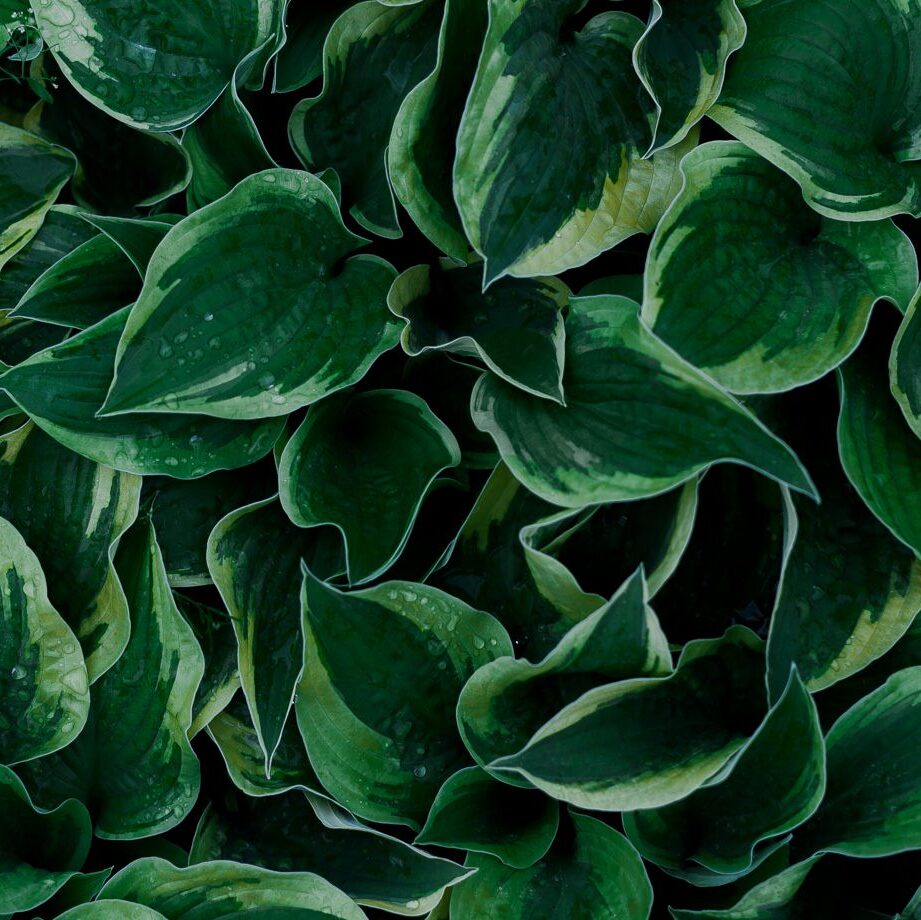If you’re a person who is trying to reduce your carbon footprint, sustainability is likely on your mind. Here are our tips for how to live more responsibly.
With news of the climate crisis, warming seas, plastic pollution, and the very dirty business of fast fashion hitting the news on the daily, it’s hard to overlook the environmental impact of our daily lives. And it’s hard not to feel defeated, or at least guilty.
It’s true, the cost of being human is a large one, and often it feels as though simply living our daily lives is causing the climate to tailspin — but all hope is not lost. There are plenty of people who want to make a difference — and make some changes.
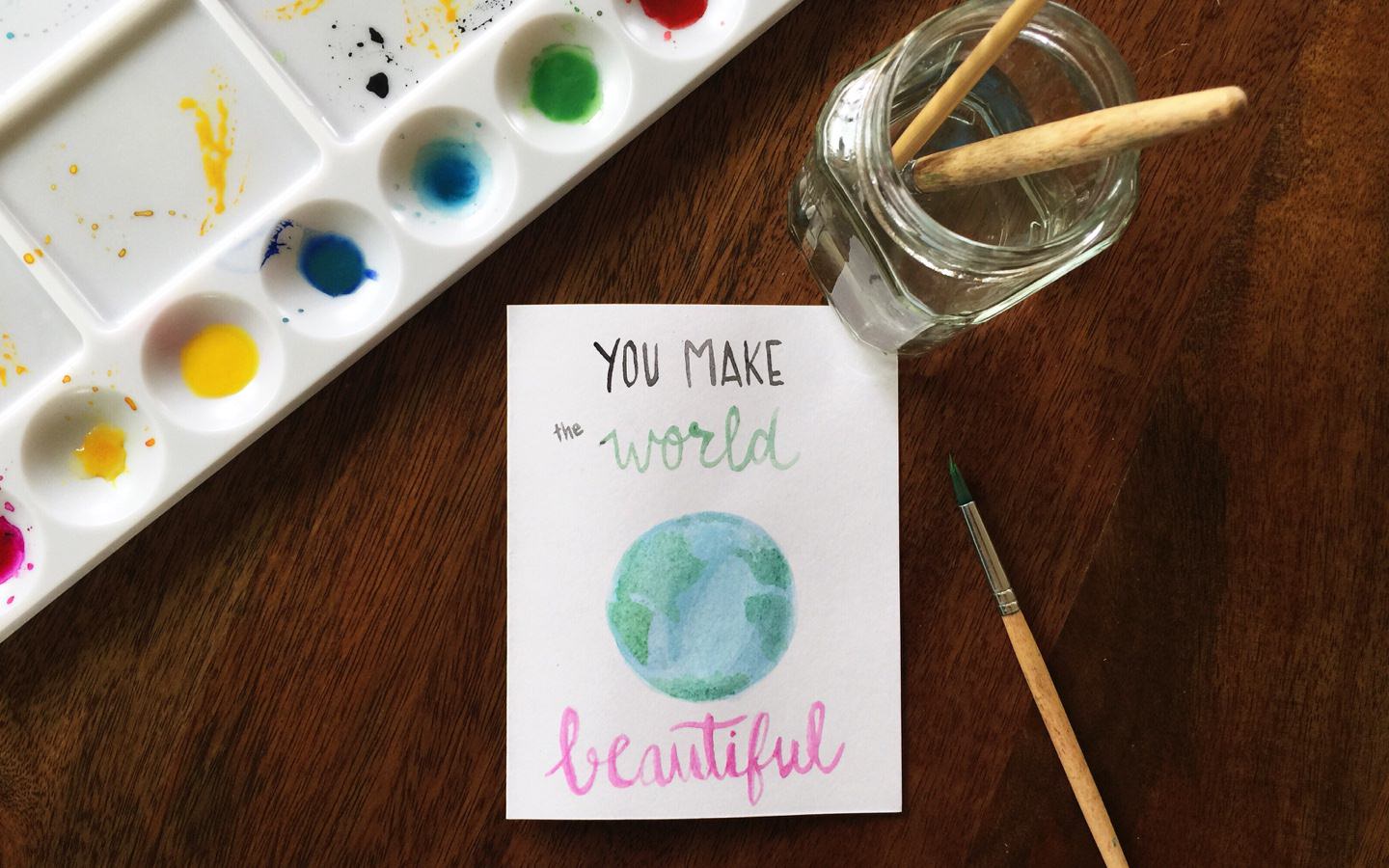
Change is already taking place with the banning of plastic straws and single-use plastic bags in every state, with coffee shops charging extra for the use of single-use lids, and Instagram Influencers touting the joys and benefits of thrift shopping. These are the changes that add up and are relatively easy to make to support a greener planet. Living with sustainability in mind doesn’t have to be hard, but it does take practice and patience. Looking for even more ways to live a little greener? Here’s how to live more sustainably right now
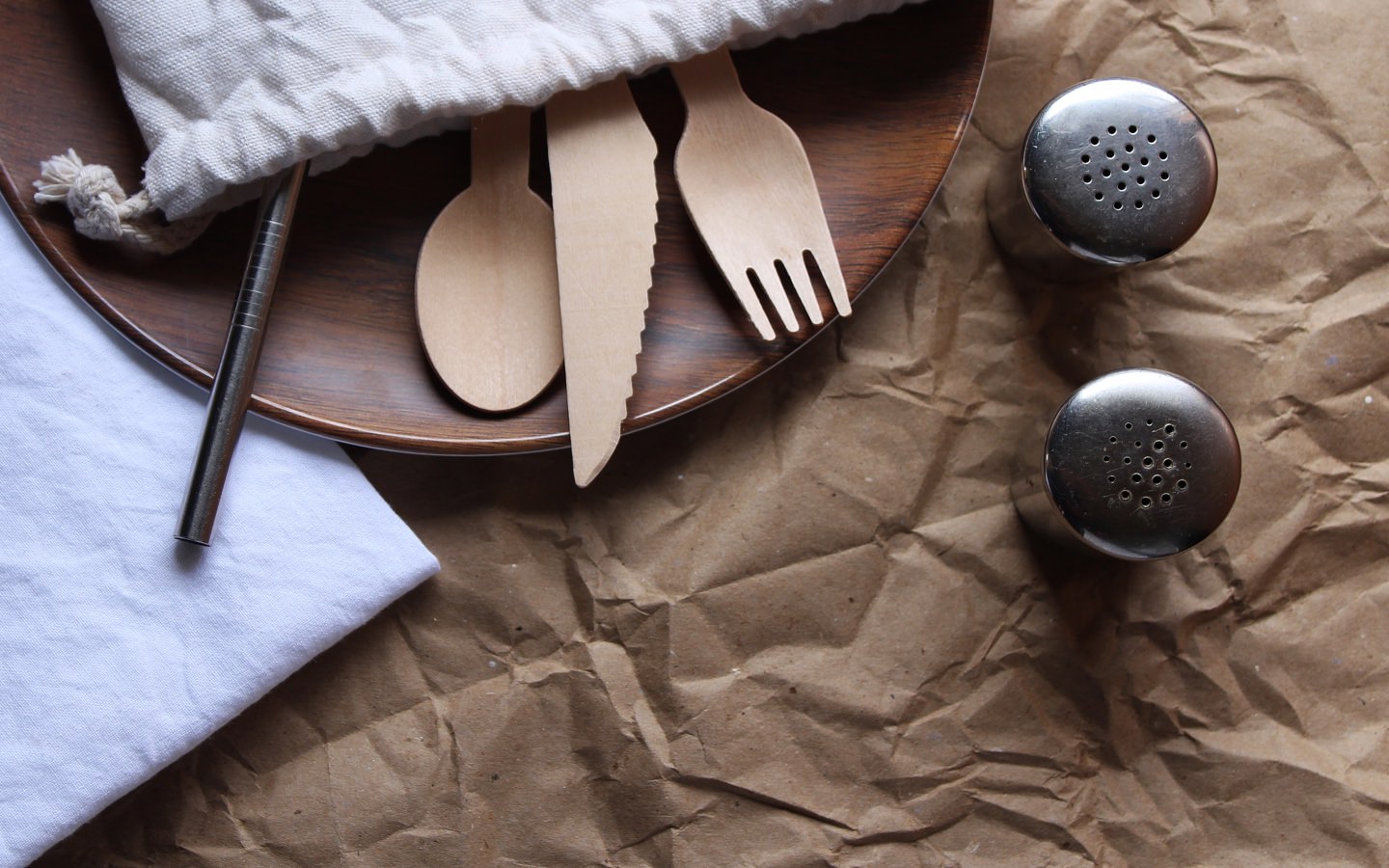
SAY NO TO PLASTIC
On a day-to-day basis it’s easy to overlook the amount of plastic we allow into — and let out of — our lives, but the truth is we could all be doing more to cut back and even eliminate plastic from our routines. Especially single-use plastic, which accounts for the majority of waste pollution in
Chances are, those seven days will give you a better idea of how much plastic you’re really using — and give you a good, hard glimpse into your habits. Maybe you buy organic, but the produce comes wrapped singularly, perhaps you save gas by shopping online, but the items you purchase come wrapped in single-use plastic bags. This exercise isn’t meant to make you feel bad, instead, allow it to inspire a sustainability mindset — how can you cut back or even eliminate those pieces of plastic from your life? The good news is, most single-use items can be replaced with a sustainable option:
- Instead of reaching for
single-use produce bags every time you go to the store — make your own! Use our tutorial to make a set of reusable mesh produce bags or customize it by using organic cotton. - Shop the bulk bins. Instead of purchasing pre-bagged dry goods like oatmeal and nuts, bring your own containers and shop the bulk bins at the market (just be sure to visit the service counter first to have the weight tared out).
- Bring a reusable shopping bag with you everywhere — Baggu makes a handy portable option in a variety of sizes. Instead of accepting a single-use bag when you’re shopping for clothes, food, or other items, use a reusable bag. Forgot your bag? Carry your goods or ask for
paper (and then recycle it). - Instead of reaching for single-use flatware, coffee cups, and a
plastic cup for dining out or grabbing coffee or water to-go, stash reusable options in your bag for easy access. - If you pack lunches or store leftovers in single-use sandwich or storage bags, switch them out for Beeswrap, Stasher bags, or reusable storage containers.
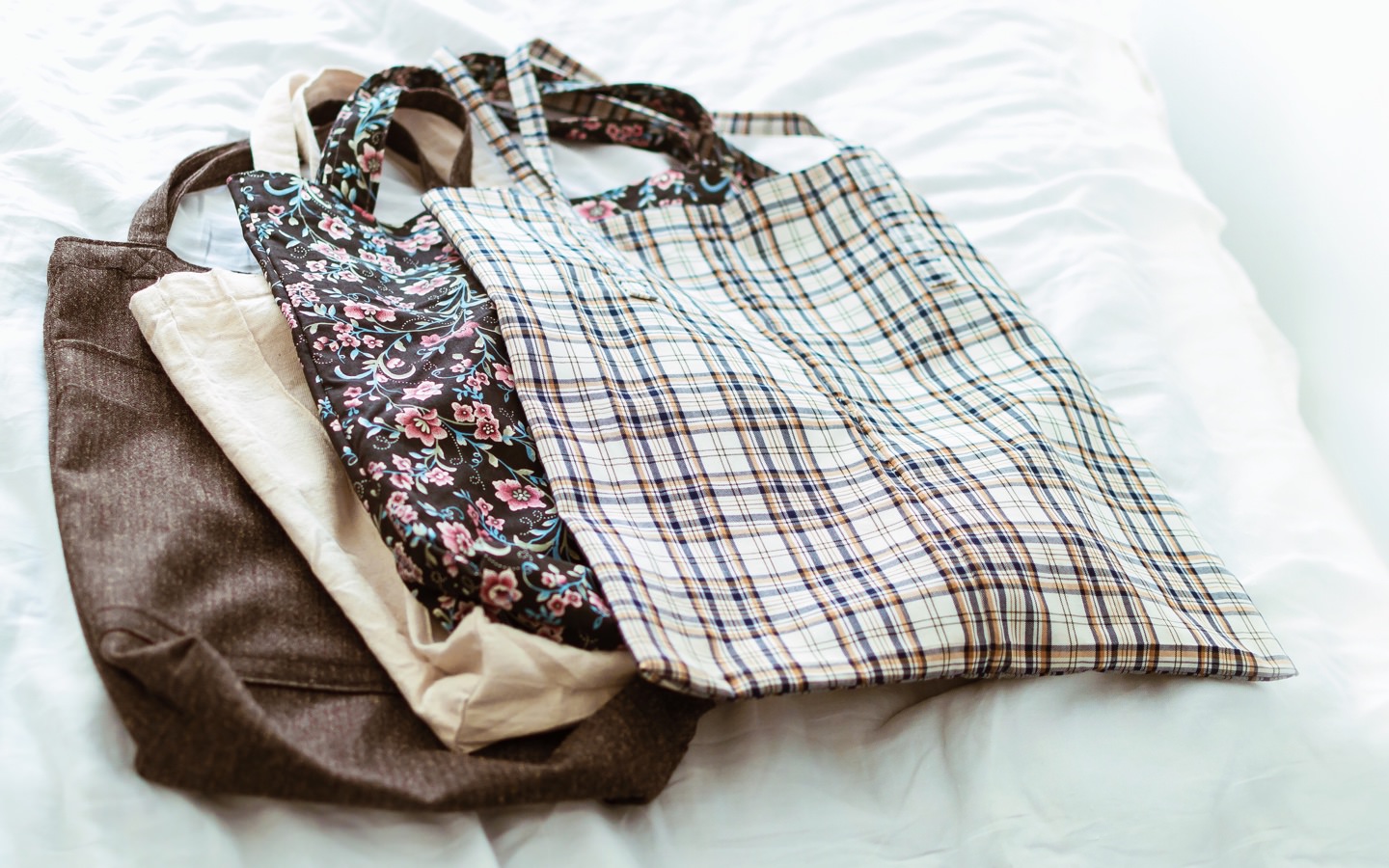
Replacing your plastic habit isn’t easy, so be kind to yourself and remember that you’re helping the planet and saving money in the long run!
BUY USED
According to the World Resources Institute, the average person purchased 60 percent more clothing in 2014 than in the year 2000 but kept the items for half as long. With the rise of fast fashion and overnight shipping, our collective clothing habit has increased dramatically over the past few decades, and with it, pollution.
But it’s not just clothing that poses a threat to the environment — everything we buy new that we bring into our lives produces some amount of waste — décor items, shoes, cat toys, you name it. Ideally, we should cut back our consumption dramatically, and for the things we do need (or, let’s face it, want) — secondhand should be the new normal. Easier said than done, we know. But once you discover how many gently used — or never used — items are already out there, you’ll be well on your way to putting sustainability at the forefront of your life:
- Clothes horse? Along with your friendly neighborhood thrift store, and old
standbys eBay and Etsy, new sites, like used retailer ThredUP, are capitalizing on the used clothing market. Looking for the latest trends but still want a bargain? Check out apps like Poshmark and Depop for current and vintage pieces, many of which still have the tags on. - Looking to update your home? Instead of loading up your car or cart with brand-new items, take the secondhand route and search local buy/trade/free groups on Facebook. You’ll likely find something more unique than the same old thing at the Big Box store down the street — and you’ll save money while you’re at it.
- Love antiques? Make a weekend out of hunting for new-to-you treasures at a flea market or bring a few friends along on the search.
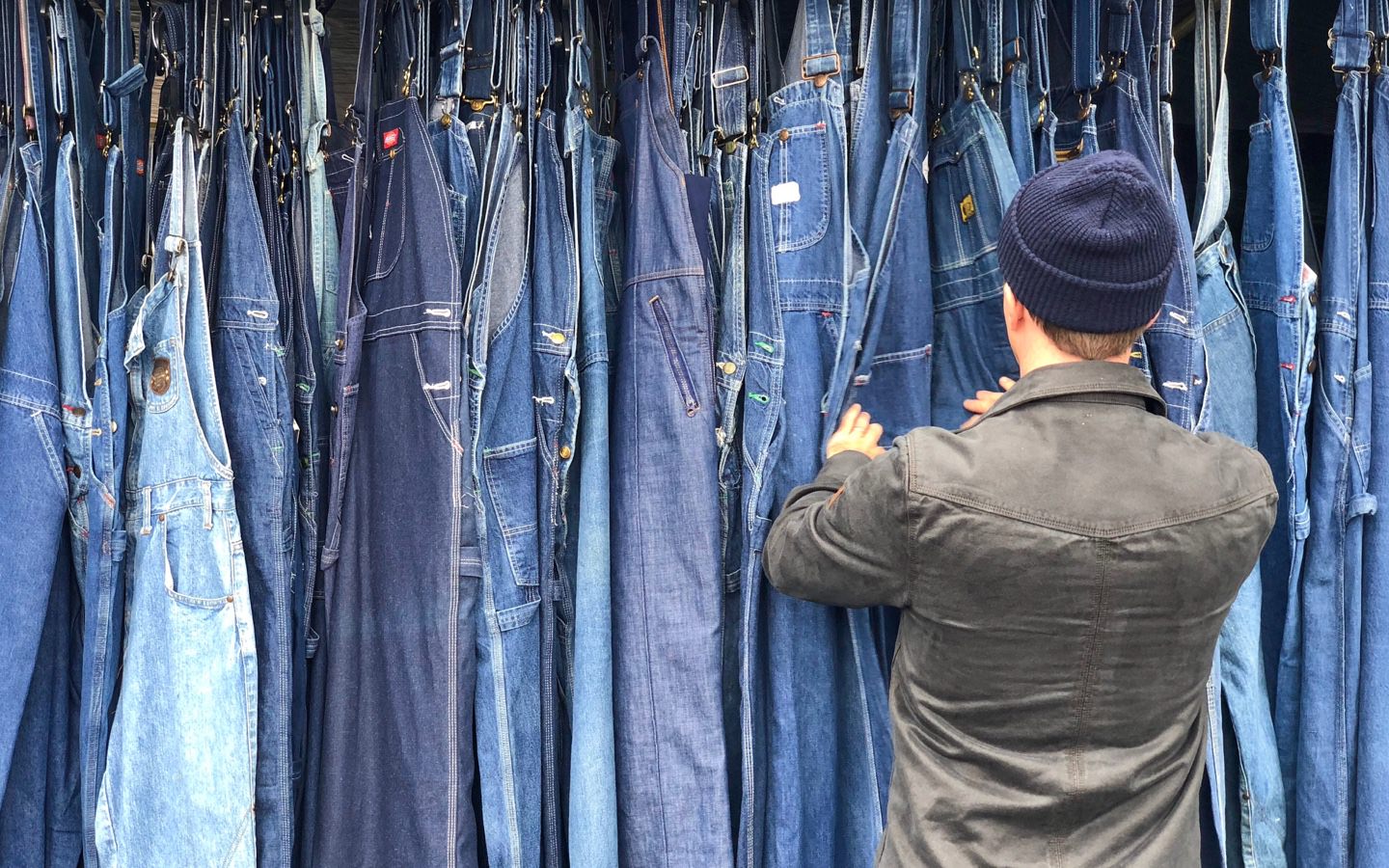
And of course, you can’t talk about buying something, whether brand new or gently-used, without acknowledging what you already have. Before you dive into your secondhand adventure, ask yourself if it’s really necessary. Maybe your favorite jeans can be mended or those boots with the holes in the soles — you know, the ones that used to be your favorites — can simply be taken to the cobbler. Sometimes a simple stitch, buff, or coat of paint is all it takes to make the old and tired feel brand new again.
SHOP LOCAL
You’ve likely heard it again and again and again — “Shop local”! But the call to arms isn’t just a cry to support the small businesses in your immediate area, it’s also a surefire way to cut back on fossil fuels and the carbon footprint it takes to transport goods over vast distances to get to you.
- This is especially true when it comes to your local farmer’s market. Not only are you buying goods grown within arms reach of where you live, you’re ensuring optimal freshness and foregoing all the extra plastic and non-consumable materials it would normally take to sell those items in the grocery store. Be sure to bring your reusable bags and storage containers!
- Planning a garden? Not only is growing your own food an amazing way to support bee populations while supporting your health, purchasing seeds or seedlings from local groups often ensures better quality, heartier plants — you may even have an heirloom seed library close by! Seedlings from Big Box stores are often treated with pesticides that are harmful to birds and bees, two groups that are integral to food production and suffering because of climate change.
- Shopping for a gift? Choose something unique and beautiful from a local maker or artisan for a truly special token, or give your loved one some locally-sourced honey, jam, or freshly-made bread for a delicious gift that gives back.
Shopping locally is often rewarding in more ways than one. Not only are you supporting the environment, but you’re connecting with people in your community and building relationships. And good community health has been found to contribute to better individual health — which can lead to better climate health.
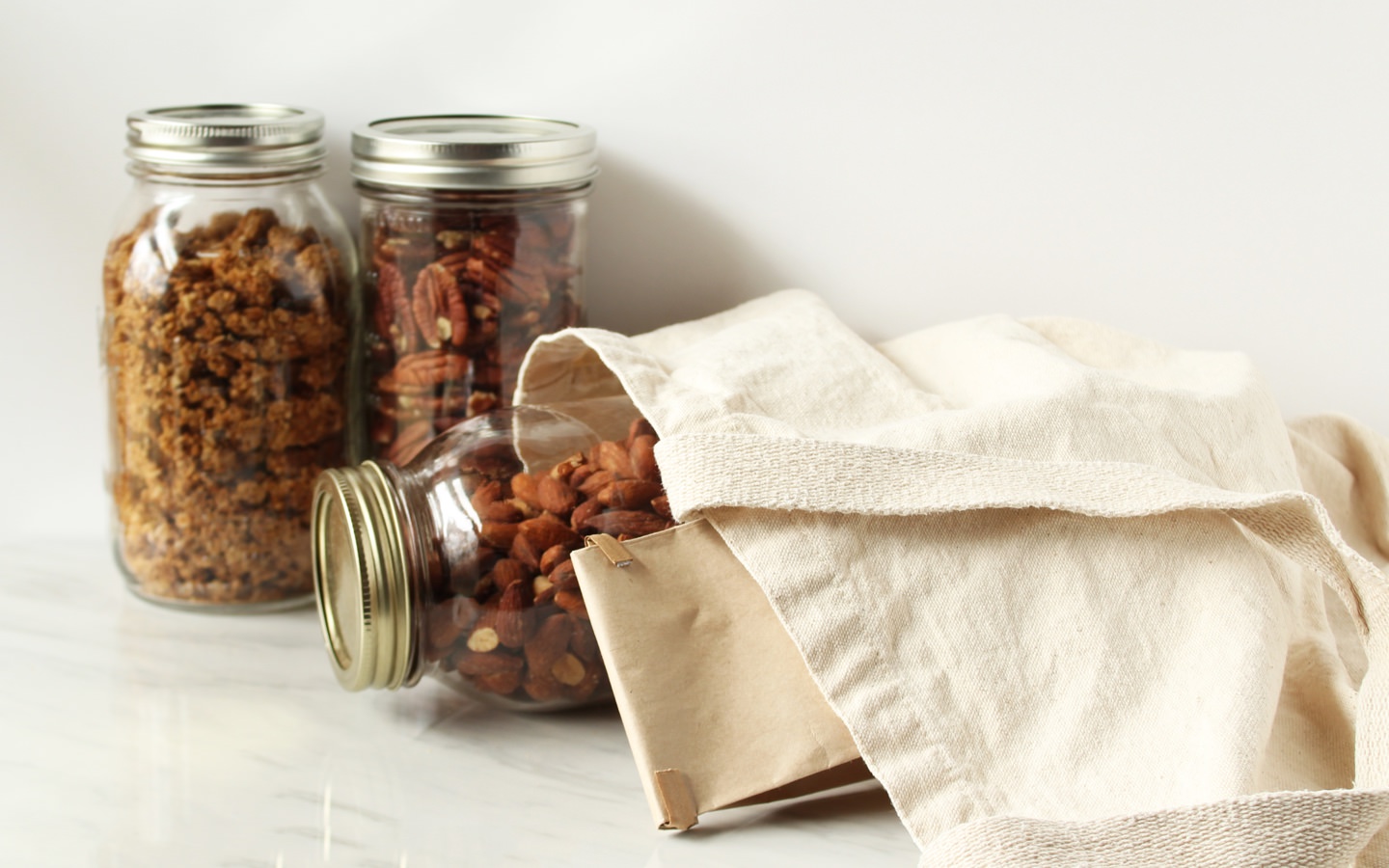
USE YOUR LEGS (OR A BUS)
These days, most of us don’t think twice about hopping in our cars to run a quick errand, even if the destination is right down the street. But all that driving adds up to a lot of fossil fuels released into the atmosphere — kind of like how those little pieces of plastic tend to add up. Breaking the transportation habit can be difficult, especially for those of us that live in more rural areas, where the market may be farther away, but it’s imperative if we want
- Instead of jumping into your car the moment you think you need to run an errand, ask yourself if it really needs to happen right this second. If you live rurally, try condensing your car trips or running errands when you’re already out, like on your way home from work.
- Live in a city? Make like a European and use your legs! Walking is a great way to get in some exercise, explore where you live, and cut down on fossil fuels, all at the same time. Can’t find the time for walking? Ride your bike!
- Make friends with public transportation — or carpool. While still emitting pollution, one vehicle moving multiple people is far better than multiple vehicles moving one person at a time.
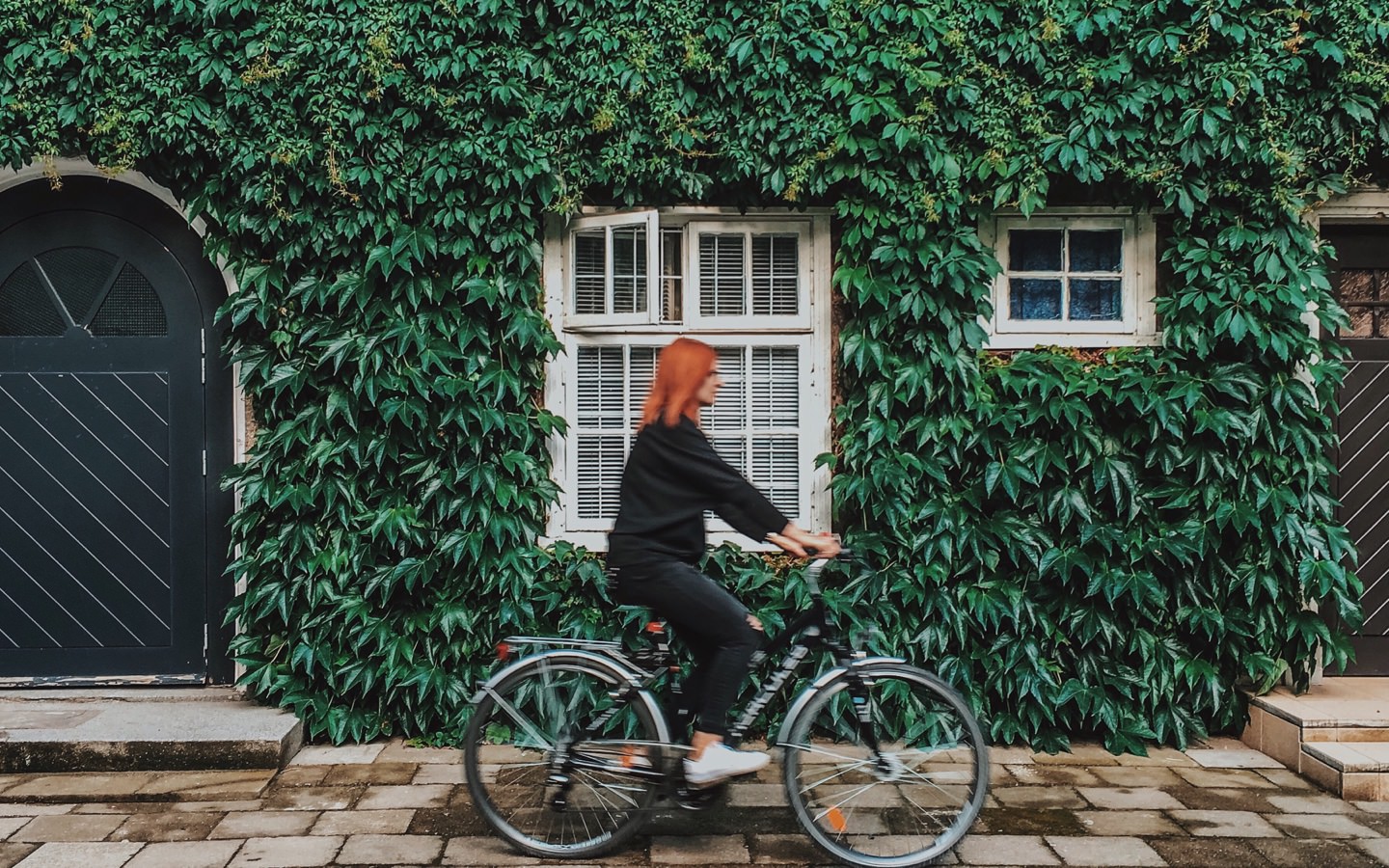
Using less plastic, walking more, or taking public transportation can take time to get used to, but many people find the time taken is worthwhile. Whether you’re enjoying the fresh air on your way to the store or taking the time spent on your bus commute to dive into a new (used) book, you may find your new routine is one you and the planet will love.
What simple steps are you taking toward becoming more sustainable? Share with us by tagging us on social @AvocadoMattress and #AvocadogreenMagazine!

Shop Pillows
The Essential Organic Pillow Collection
Gentle, breathable, non-toxic support.




